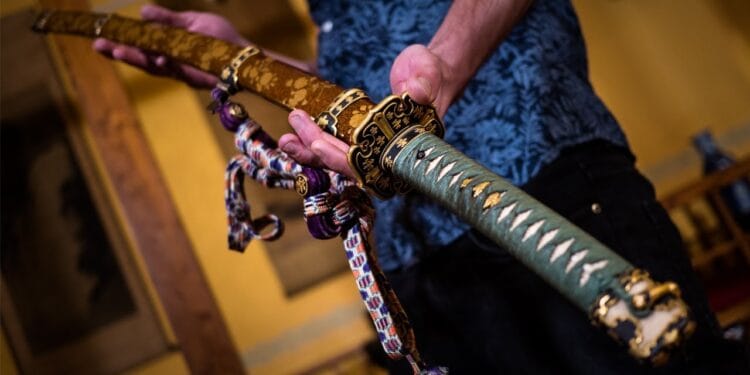No products in the cart.
Why Samurai Katanas Auction for So High and Their Use as Decoration in Japanese Homes
Introduction
Samurai katanas are more than just swords. They are symbols of power, craftsmanship, and tradition, representing Japan’s rich cultural heritage. When you look at an old samurai katana, you’re not just seeing a weapon; you’re seeing history, art, and a way of life that has fascinated people for centuries. Today, these katanas sell for enormous amounts at auctions, with some reaching prices that might surprise even the most enthusiastic collector. Let’s dive into why old samurai katanas fetch such high prices and how they’re used as decorations in Japanese homes.
The Craftsmanship Behind the Blade
The most important reason why old samurai katanas sell for so much money is the incredible craftsmanship that goes into making them. These swords aren’t mass-produced or made quickly. Traditional katana makers, known as swordsmiths, would spend months, even years, crafting each blade by hand. They used techniques passed down through generations, combining layers of steel in a process called forge welding, which gives the blade its strength and flexibility.
The result is not just a sharp weapon but a work of art. The attention to detail in every part of the katana— from the curve of the blade to the polish and temper— reflects the pride and skill of the swordsmith. Some of these techniques, like the distinct hamon a wavy line along the blade’s edge that shows where it was tempered, are unique to each swordsmith and make every sword one of a kind.
This craftsmanship is part of why old samurai katanas can auction for such high prices. Owning a katana is like owning a piece of history made by master artisans, whose work represents the peak of sword-making skill.
Historical Value and Rarity
The age and historical significance of a samurai katana also add to its value. Many katanas that auction for high prices are hundreds of years old, dating back to periods when samurai ruled Japan, like the Edo period(1603–1868) or even earlier. These swords were often owned by high-ranking samurai or warlords, making them not just historical artifacts but symbols of power and authority.
Because these swords are so old, many have been lost over time or damaged beyond repair, making the ones that survive even more valuable. When a katana from a famous samurai or swordsmith shows up at auction, collectors are willing to pay huge sums to own a piece of that history.
Another reason for their rarity is that during the Meiji Restoration in the late 1800s, samurai were no longer allowed to carry swords in public. Many katanas were destroyed or sold off during this time. The ones that remain are rare, making them even more desirable to collectors.
The Cultural Significance of Samurai Katanas
In Japan, the katana is more than just a weapon. It is deeply tied to the culture and identity of the samurai. For centuries, the katana symbolized the soul of the samurai. It was a representation of honor, duty, and discipline. Samurai believed that the katana was an extension of their spirit, and they treated their swords with the utmost care and respect.
This cultural significance still resonates in Japan today. Many people see the katana as a symbol of their country’s history and warrior spirit. As a result, collectors and enthusiasts are willing to pay high prices for these swords, not only for their craftsmanship or historical value but for what they represent in Japanese culture.
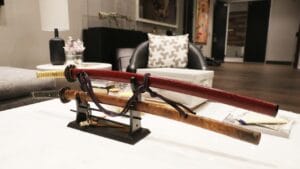
Samurai Katanas as Decoration in Japanese Homes
Today, owning an old samurai katana isn’t just about collecting a valuable artifact; it’s also about showcasing a piece of history in your home. In Japan, many people use katanas as decorations, displaying them in a place of honor where they can be appreciated. These swords are often mounted on katana kake, which are stands that hold the blade horizontally for display.
Having a katana in your home is seen as a symbol of strength, protection, and respect for tradition. The swords are typically displayed in a way that highlights their craftsmanship, with the blade facing upward and the hilt on the left side, a tradition rooted in samurai etiquette.
It’s not uncommon to see katanas displayed in tokonoma, a small decorative alcove found in traditional Japanese homes. The tokonoma is often used to showcase art, flowers, or scrolls, and adding a katana to this space elevates it to a symbol of respect for Japan’s heritage. Even in more modern homes, katanas are displayed as art pieces, reminding everyone of the values and history they represent.
The Most Expensive Samurai Katanas
With all this in mind, it’s no wonder that some old samurai katanas have sold for staggering prices at auctions. Here are a few of the most expensive katanas ever sold:
1. Masamune Katana
The swords made by Masamune, Japan’s most famous swordsmith, are considered the pinnacle of craftsmanship. One of his katanas, known as the Fudo Masamune, sold for millions of dollars at auction. Masamune’s blades are highly sought after due to their exceptional quality and the legend that surrounds the swordsmith.
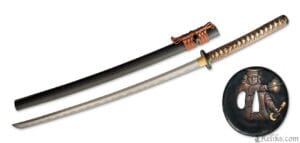
2. Honjo Masamune
Another katana made by Masamune, the Honjo Masamune, is one of Japan’s national treasures. This sword is famous for being passed down through several generations of Japanese shoguns. Although its exact location is currently unknown, it would likely fetch an astronomical price if it were ever found and auctioned.
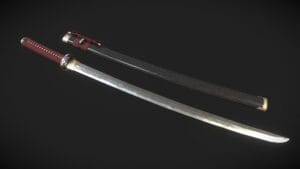
3. The Katana of Minamoto no Yoshitsune
This sword belonged to the famous samurai Minamoto no Yoshitsune, one of Japan’s most legendary warriors. His katana is a significant part of Japanese history and was auctioned for several million dollars due to its historical importance.
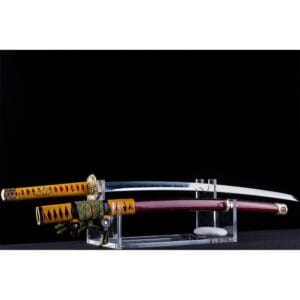
4. Kamakura Period Katana
Another katana from the Kamakura period (1185–1333) was auctioned for over $1 million. The sword’s age, rarity, and condition made it highly valuable to collectors.
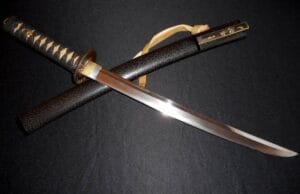
5. Kotetsu Katana
This sword, crafted by Nagatani Kotetsu, a famous swordsmith from the Edo period, sold for over $500,000. Kotetsu was known for creating incredibly durable and sharp blades, and his work remains highly prized by collectors.

Conclusion
Old samurai katanas are more than just weapons; they are cultural treasures that represent Japan’s history, craftsmanship, and the spirit of the samurai. The incredible skill required to make these swords, combined with their historical value and rarity, makes them highly sought after by collectors around the world. For many, owning a katana is not just about having a valuable artifact; it’s about preserving a piece of Japanese tradition. And for those in Japan, displaying a katana in the home is a way to honor the legacy of the samurai while appreciating the artistry of these remarkable blades.
As the years go by, the value of these swords will likely continue to rise, as more people come to appreciate their significance both as weapons and works of art. Whether as a collector’s prize or a decorative piece in the home, the samurai katana remains a powerful symbol of Japan’s enduring history.


